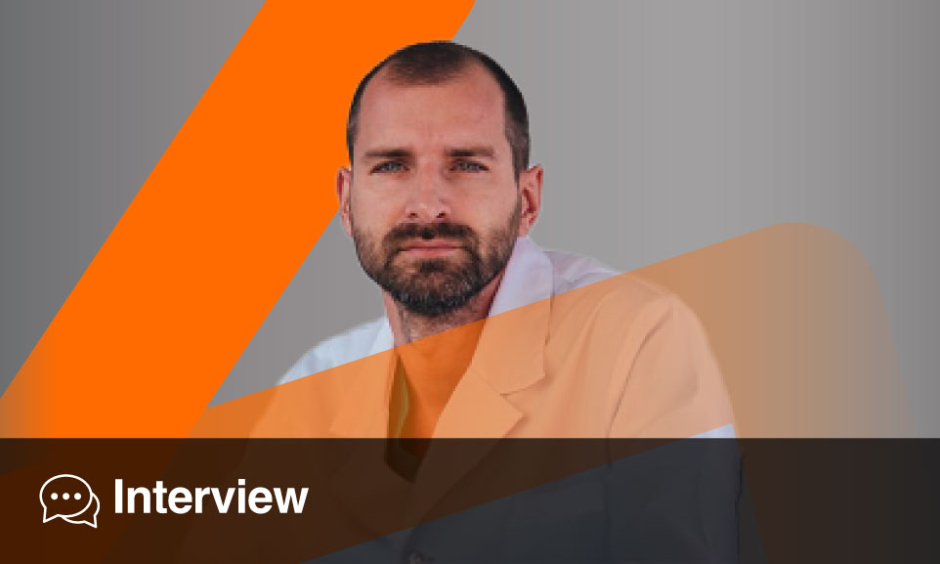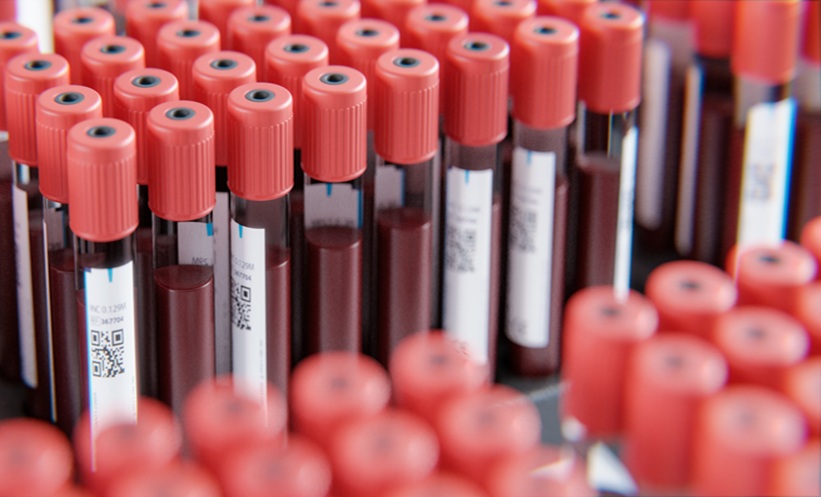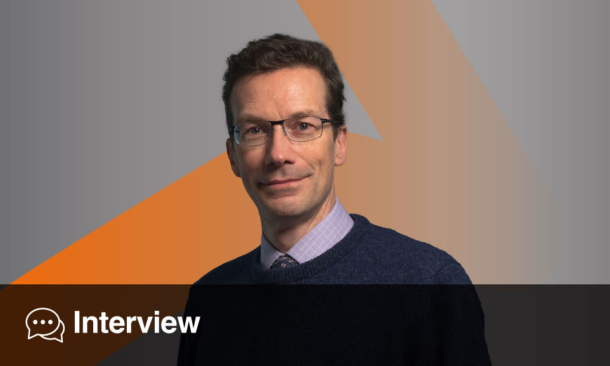As the incoming Chair of the European Association of Urology (EAU) Scientific Congress Committee, what are your main responsibilities, and what do you hope to bring to the role?
As Chair, my main responsibilities include shaping the thematic structure and plenary sessions of the EAU Congress 2025, ensuring the quality and selection of submitted research, and overseeing the scientific office that drives the EAU Congress organisation. A key focus is to attract primary endpoint trial presentations, making EAU a key platform for major research breakthroughs. Additionally, I aim to enhance the delegate experience through structured navigation and innovative session formats that foster engagement. Accessibility is another priority as we strive to ensure better representation from underrepresented regions while strategically targeting high-growth areas. To support these efforts, we are expanding market research and membership insights for evidence-based decision-making. Lastly, making the congress more attractive and user-friendly remains a focus, with features designed to enhance the overall experience.
The landscape of urological research is constantly evolving with emerging technologies such as AI and precision medicine. How do you see these shaping future EAU Congresses and discussions?
AI is rapidly transforming all aspects of medicine, and its impact on urology is becoming increasingly evident. Within the EAU Congress, AI will enhance planning and organisation while also assisting delegates with navigation, personalising their experience. Clinically, AI is revolutionising diagnostics in imaging and pathology, improving response prediction, and refining treatment selection, critical elements of precision and personalised medicine. These advances are particularly relevant in uro-oncology, where molecular profiling and AI-driven models are guiding tailored treatment strategies. However, challenges remain in validating AI applications and integrating them into routine practice. The EAU Congress is committed to providing a platform for cutting-edge discussions on these developments, ensuring that urologists stay ahead of technological and scientific advancements. By fostering dialogue between researchers, clinicians, and industry leaders, we aim to drive innovation and ensure that these technologies translate into meaningful improvements in patient care.
Were there any particular sessions, presentations, or studies that stood out to you as especially groundbreaking or influential, particularly in your areas of expertise?
High-impact studies are featured at the EAU Congress under our Game-Changer platform, where new data are presented by authors and critically analysed by internationally renowned experts. This year, several pivotal studies stood out, particularly in prostate cancer, including research on surgery for metastatic disease, biopsy and imaging advancements, and the balance between oncological control and nerve-sparing using a neuroSAFE approach. Other highlights included urodynamics in therapy-refractory overactive bladder, antibiotic prophylaxis in extracorporeal shock wave therapy, and perioperative outcomes in novel bladder cancer treatment paradigms. Many of these studies were simultaneously published in high-impact journals, a process coordinated by our Scientific Office in collaboration with editorial teams. This strategic approach maximises visibility for practice-changing trials and reinforces the EAU Congress as a premier platform for groundbreaking research in urology.
Can you tell us more about your background in urology and what initially drew you to the field, particularly uro-oncology and andrology?
My early research focused on stem cell therapy for erectile dysfunction following prostate cancer treatment, which formed the foundation of my PhD. This led to an active role in andrology during the early years of my clinical career. However, I have always been drawn to complex surgical cases, and oncology provided the greatest challenge and reward as a surgeon. Over time, this dual background naturally guided my research focus toward uro-oncology of the genital region, particularly penile cancer. In this space, both the functional expertise from andrology and the oncological surgical principles are equally essential. Given the rarity of penile cancer, there is a unique opportunity to make significant advancements in understanding the disease and developing novel therapies. My work in this field is driven by the goal of improving treatment options and outcomes for these often-vulnerable patients, ensuring they receive both optimal cancer control and quality-of-life considerations.
As Chair of the Scientific Congress Committee, what was your most memorable or rewarding moment from this year’s congress?
While we’re still awaiting the full analysis of the delegate feedback, the initial responses have been overwhelmingly positive. Personally, one of the most rewarding moments was seeing several plenary rooms fill to capacity, proof of the strong interest and engagement our sessions generated. We put considerable effort into enhancing the content and structure of the sessions this year, and that seems to have resonated with attendees. For next year, we’re planning even bolder changes to further elevate the experience. On a personal level, I find the informal, spontaneous conversations in the hallways truly enriching, those moments of connection where delegates share honest feedback and ideas for improvement. These interactions are not only memorable but also essential for shaping a better congress in the years ahead.
With the push to better integrate congress research with EAU journals, do you think this year’s event made progress in that area and what would you say are the next steps?
This year marked real progress in aligning congress content with academic publishing, particularly through our Game-Changer sessions. Several of these presentations were accompanied by simultaneous high-impact journal publications, an effort made possible through close collaboration with editorial teams. Looking ahead, we aim to deepen these partnerships, especially with the EAU’s own journal family. A highlight this year was celebrating the 50th anniversary of European Urology, recognising the outstanding leadership of editors Claude Schulman, Francesco Montorsi, Jim Catto, and Alberto Briganti, alongside Cathy Pierce’s pivotal editorial guidance. Their work has firmly positioned the journal family at the forefront of the field. Strengthening ties not only between the Scientific Congress Office and the journals but also across the EAU’s broader ecosystem, including guidelines, policy, sections, and the Young Urologists Office, is a key next step in creating a more integrated and impactful scientific network.
Looking ahead, what are your aspirations for the future of the EAU Congress, both in terms of scientific impact and global collaboration?
Our ambition is for the EAU Congress to be the leading global meeting in urology, not only in size but above all in scientific quality. We aim to attract the most cutting-edge research and deliver it through an enhanced, modern congress experience with dynamic, interactive session formats and reimagined session environments. Expanding our global reach, particularly by engaging underserved urology communities and embracing multidisciplinary care in uro-oncology, is a core part of our vision. Strengthening collaboration across the entire EAU ecosystem, guidelines, journals, sections, and education, will be key. Most importantly, we stand ready and highly motivated, together with the full Scientific Office and our congress consultants, to make these goals a reality. Our shared mission is to deliver the best possible educational experience for our delegates, ultimately advancing the quality of care we provide to patients worldwide.








